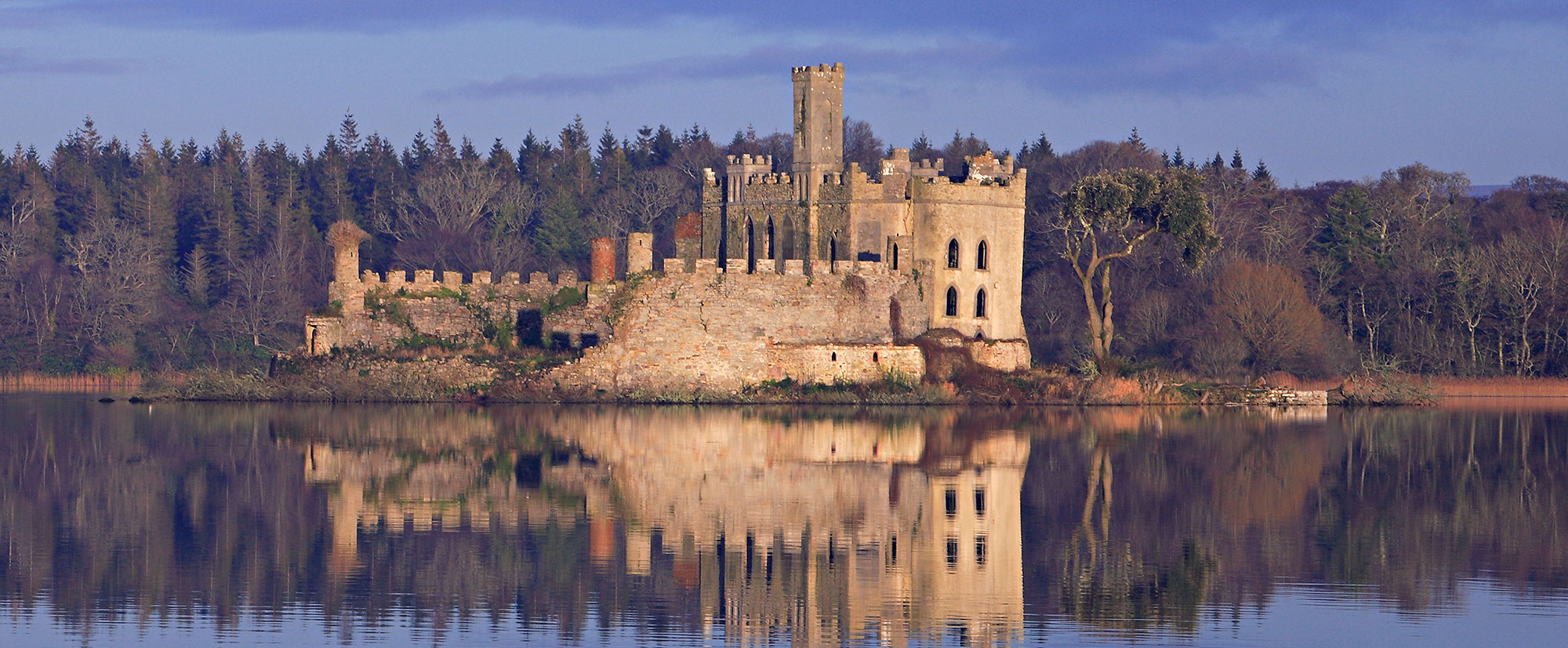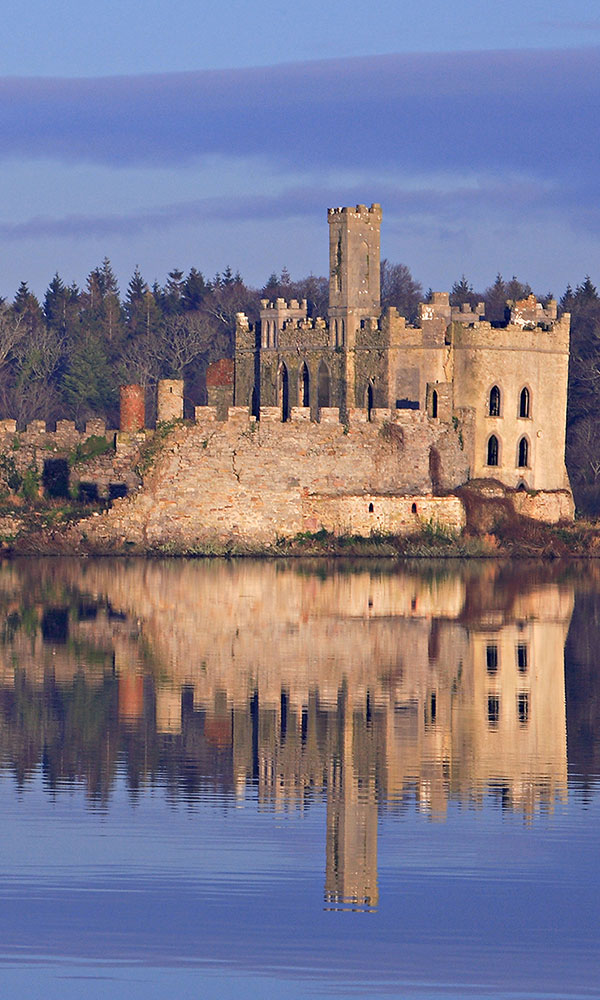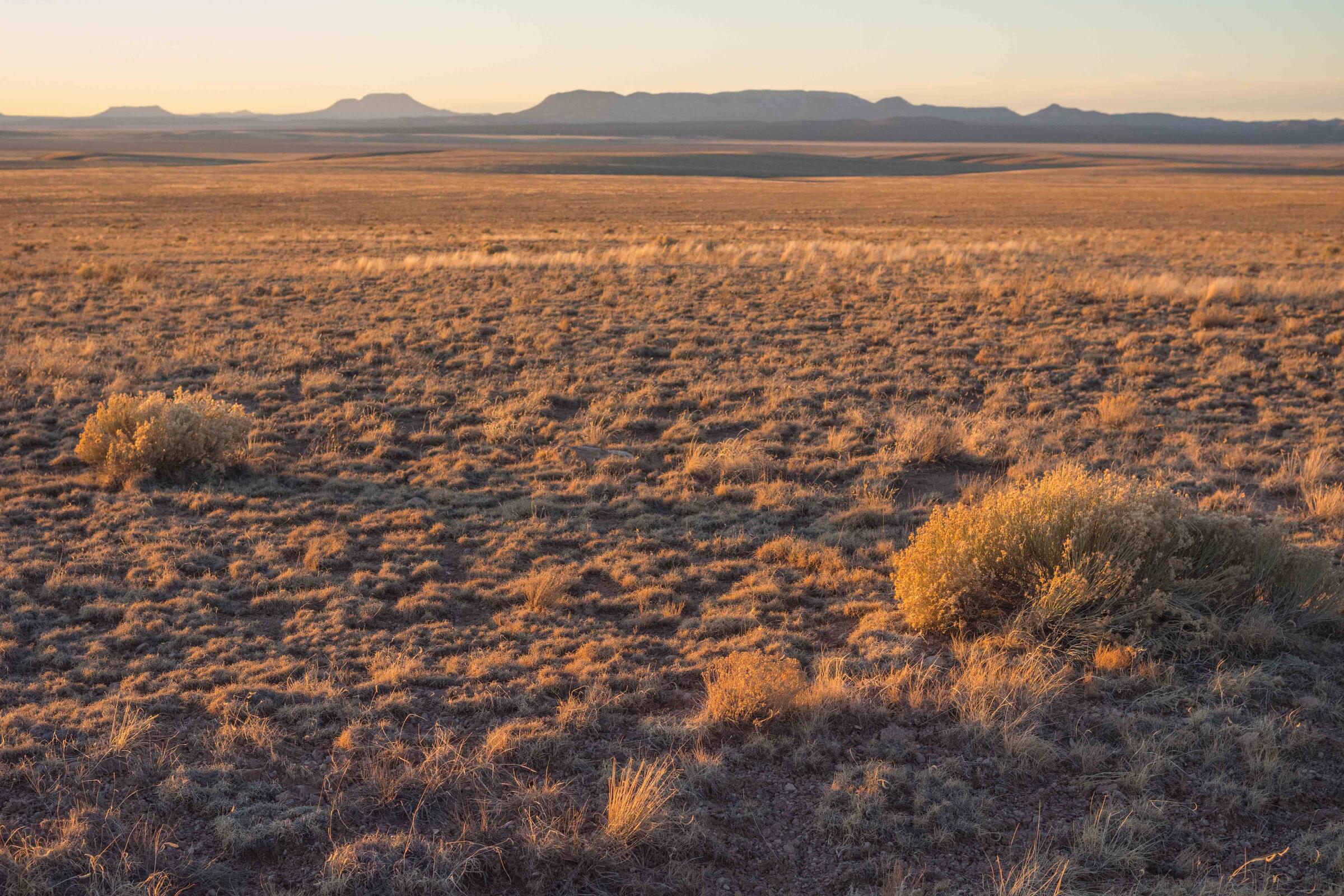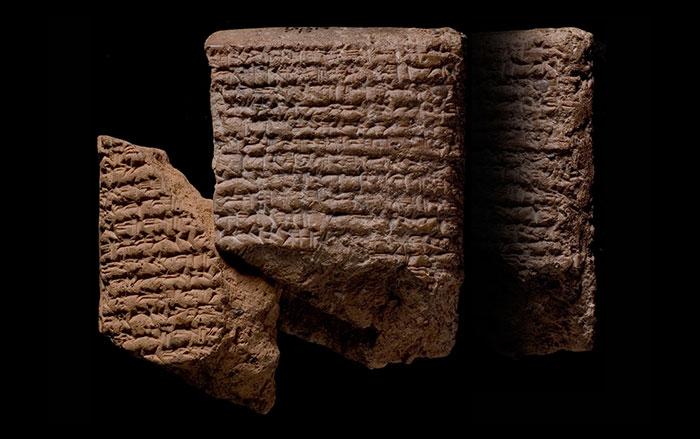
KYOTO, JAPAN—The Asahi Shimbun reports that researchers from the Kyoto City Archaeological Research Institute uncovered a castle wall and moat to the southeast of the Kyoto Imperial Palace. The structure is thought to have been completed by the warlord Toyotomi Hideyoshi in A.D. 1597, one year before his death. The surviving castle wall, which measures about 26 feet long and varies in height from three to five feet tall, is made up of three to four courses of stone. When intact, the wall probably stood about eight feet tall, based upon fallen stones discovered in the backfilled moat, estimated to have been about ten feet wide and eight feet deep. Gold-plated roof tiles bearing the family crest of the Toyotomi family were also recovered from the moat. Historian Kazuto Hongo of the University of Tokyo suggested that Toyotomi Hideyoshi built the castle as a way to pass his rank to his son and successors. Its careful construction was likely intended to inspire admiration in the nobles in the Imperial Palace, added researcher Soichiro Itagaki. To read about the discovery of the oldest known sake brewery in Kyoto, go to "At Press Time."











